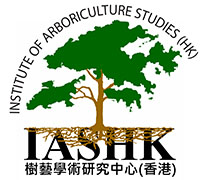organism that lives on and may act to decay dead organic matter (contrast with epiphyte and parasite).
Saprotrophic nutrition /sæprəˈtrɒfɪk, -proʊ-/ or lysotrophic nutrition is a process of chemoheterotrophic extracellular digestion involved in the processing of decayed (dead or waste) organic matter. It occurs in saprotrophs, and is most often associated with fungi (for example Mucor) and with soil bacteria. Saprotrophic microscopic fungi are sometimes called saprobes. Saprotrophic plants or bacterial flora are called saprophytes (sapro- 'rotten material' + -phyte 'plant'), although it is now believed[citation needed] that all plants previously thought to be saprotrophic are in fact parasites of microscopic fungi or of other plants. In fungi, the saprotrophic process is most often facilitated through the active transport of such materials through endocytosis within the internal mycelium and its constituent hyphae.

Various word roots relating to decayed matter (detritus, sapro-, lyso-), to eating and nutrition (-vore, -phage, -troph), and to plants or life forms (-phyte, -obe) produce various terms, such as detritivore, detritophage, saprotroph, saprophyte, saprophage, and saprobe; their meanings overlap, although technical distinctions (based on physiologic mechanisms) narrow the senses. For example, biologists can make usage distinctions based on macroscopic swallowing of detritus (as in earthworms) versus microscopic lysis of detritus (as with mushrooms).
